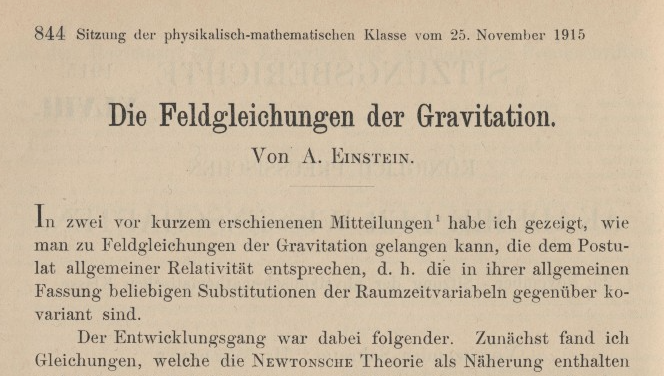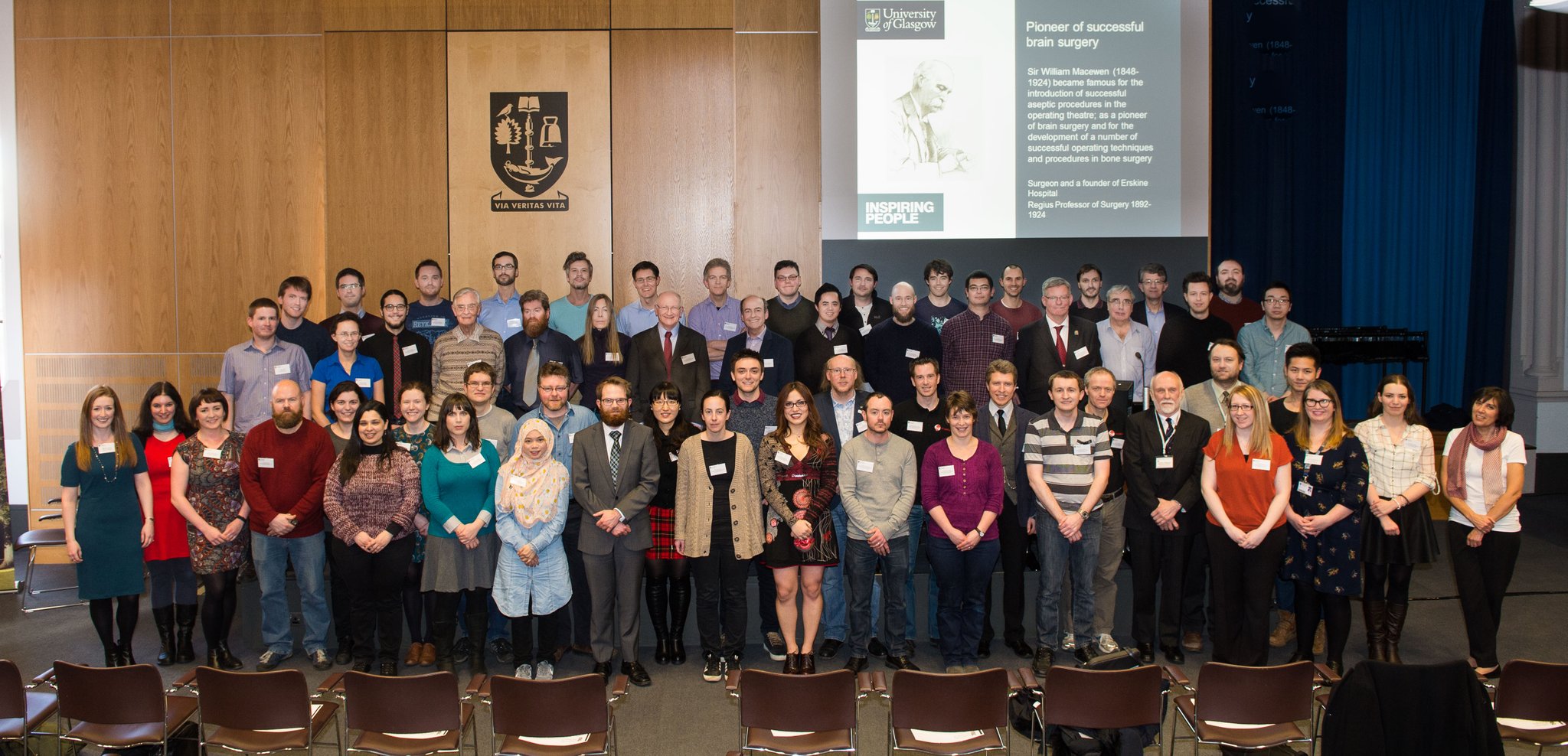It’s about time I started talking a bit about the science of this week’s announcement. One of the more exciting aspects of detecting gravitational waves was that they would confirm the last major prediction of the theory of General Relativity—Einstein’s revolutionising theory of how gravity works.
Well, they did that. We saw gravitational waves, and they seem to travel at the speed of light, so so-far it’s looking pretty positive for Mr Einstein. But what if General Relativity (let’s call it GR from now on, I’ll misspell relativity if I need to type it too frequently) isn’t the whole story? What if some other theory makes almost all the same predictions as GR, but some more ones which, for example, let us combine gravity with quantum mechanics. (This is a big problem at the moment in physics. Theorists are convinced that it should be possible, but they don’t know how, so they’re very keen to find weaknesses in the current theories of each which can be used to find a way to join them up).
Before I go on, I think I need to explain what General Relativity is. At its heart, the ideas behind GR are quite easy. The mathematics they need to be expressed in, however, require a graduate-level lecture course (and even then it’s an up-hill struggle for most people like me to get their head around). So let’s get started. Well, maybe not. Let’s just go with the easy idea, and hope that’s enough.

Isaac Newton, preparing to enter the brace-position at the first mention of an apple. Nowadays we discourage the use of orchards to conduct fundamental science, and we use lasers instead. It's much easier to do serious, lasting harm to one's person with a laser than a piece of ripe fruit. Depicted here by William Blake, whose theory of the central heating in physics departments has never been confirmed experimentally.
The (mathematical) history of gravity starts with Isaac Newton, who had two major gravity-based break-throughs. First, sitting under apple trees can lead to an unpleasant concussion, and second, that gravity is a mutual attraction between objects which have mass. As it turned out, Newton’s theory asked as many new questions as it answered. By the 20th Century James Clerk Maxwell had produced an elegant theory of electromagnetism which concluded that light travelled at a fixed speed, and that nothing could travel faster than it. We call that speed $c$ when we put it in equations, from the Latin word celeritas, meaning swiftness. This lead Einstein to wonder “what would happen if I was on a train travelling close to the speed of light? What would I see?”. He came up with a theory, the Special theory of relativity. It turns out that’s not the type of theory that you buy a card and chocolates for on 14 February, but it’s a theory which only describes a specific set of situations: in this case, situations where the train never accelerates. Much like trains in Scotland. Einstein was curious about gravity. Newton’s theory suggested that if you moved one mass every other mass would immediately feel the effect of that move. That means, in the technical language of physics, that it had an infinite speed of propagation.
Physicists hate infinity.
Einstein set out to work out what speed gravity really travels at. It took him ten years to get his head around a whole range of very new branches of mathematics, but eventually he was ready to show the world his new theory. On 25 November 1915 he distorted the very fabric of spacetime, and made a revelation of great gravity.

The field equations of gravity. Wherein Albert Einstein conclusively proves that gravity grows in fields, and not on trees.
Einstein’s big idea was that whenever you put something heavy somewhere in space it causes space to bend around it. A bit like when you set a cup of tea down on the sofa and sit next to it, you bend the sofa. The Einstein said that that bending of space causes other heavy things to move. A bit like the way your cup of tea moves along the sofa and spills itself on your leg. This was a big deal. From that day onward there was no longer any excuse for spilling tea on yourself when you sit down on the sofa. Perhaps more importantly it lead to two predictions which were really rather important for my work, and for the science story which has been boosting a large number of people’s twitter profile lately.
It predicted the existence of places in space which were so strongly curved that anything passing them would spiral into them, and never escape. It also predicted that when heavy objects move in orbit around each other they radiate gravitational waves. I’ll bet this sounds familiar. As it happens we were pretty confident black holes existed before we found gravitational waves from them, but the evidence was slightly indirect—we’re able to see stars orbiting something at the centre of our Galaxy, for example, but we can’t see anything there. Something dark and heavy is attracting everything. Which is exactly what we expect black holes to ‘look’ like. Gravitational waves were perhaps the last major prediction of the theory to be verified observationally, but did that observation actually prove Einstein right?
The LSC (LIGO Scientific Collaboration) was able to perform some tests on the data from GW150914, the first directly detected gravitational wave, in order to verify GR. The paper whcih describes the tests is available here.
GW150914 was the first time we’d been able to see inside an extreme gravitational system, what we call a strong-field situation, with the two black holes travelling at around half the speed of light. So it allowed a number of new tests to be done which hadn’t been possible by measuring other binary systems (like pulsars). Those tests found no violations of General Relativity from the evidence of GW150914, but the configuration of the detectors, they weren’t able to test for the two different polarisation states which GR predicts—this is important because some alternative theories of gravity predict that there could be up to two more of these states, and so that’s an investigation for the future.
So it seems, in the end, that yes: Einstein was right, and he’s safe until we have more, and better detections.
I’ll leave you with this photo of the Glasgow group (the Institute for Gravitational Research) taken at our local press conference for the announcement last week, with yours truly looking over-dressed.
